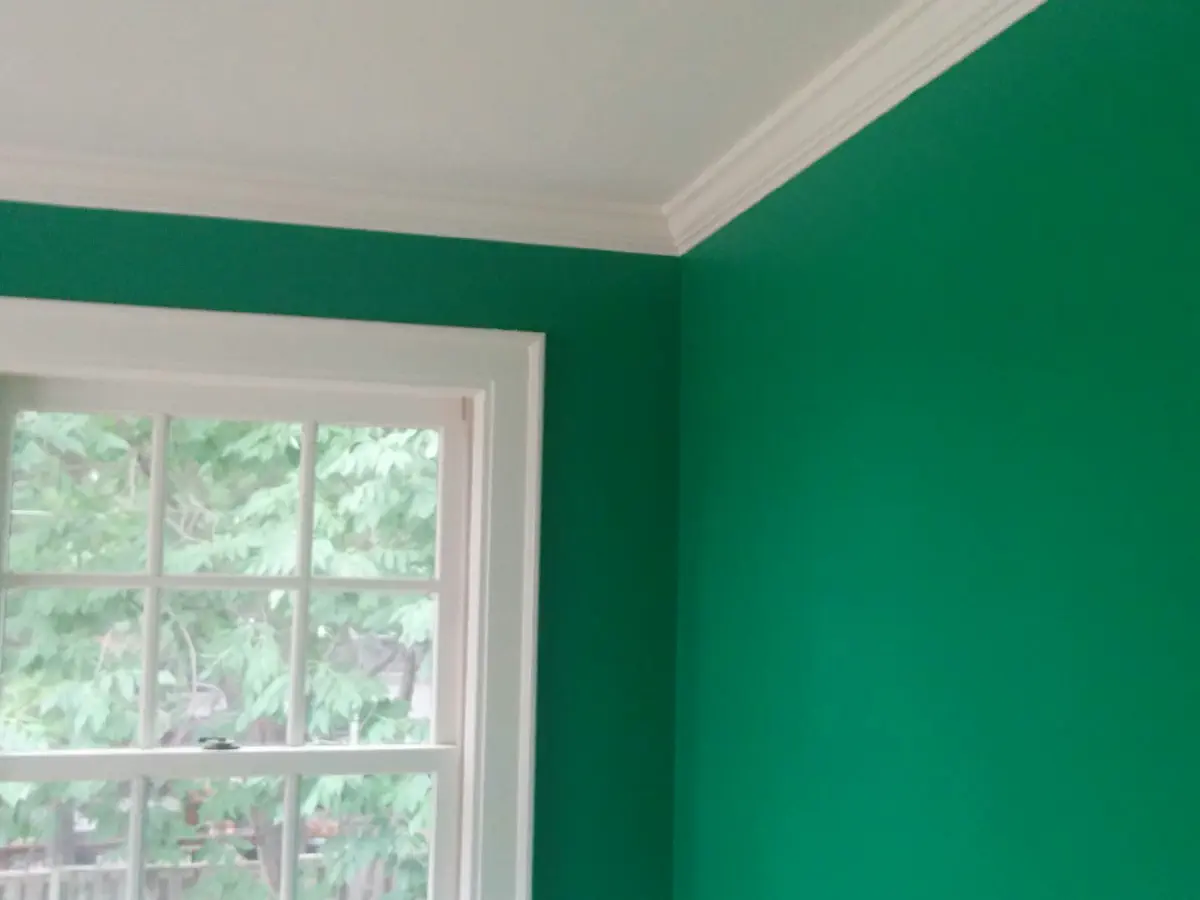Colors influence mood, comfort, and the overall atmosphere of your living space. Windows, direction, room size and furniture all play a roll.
Understanding Color Psychology in Your Home
Different colors evoke various emotions—blue can be calming, yellow cheerful, and red stimulating. When selecting interior colors, think about the mood you want to create.

Personal Preferences Matter
While color psychology offers general insights, personal reactions can vary. Choose colors that resonate with you and make you feel at ease.
How to Balance Bold and Neutral Colors
Striking the right balance between bold and neutral colors ensures your space feels vibrant yet harmonious.
Using Bold Colors as Accents
Incorporate bold shades in small doses, like an accent wall or colorful accessories. This approach keeps the room balanced while adding visual interest.
Keeping Neutrals as the Base
Use neutral colors on larger surfaces—walls, floors, and ceilings—to maintain a calming backdrop, allowing bold elements to stand out without overwhelming.
Choosing Colors for Different Rooms
Different rooms serve distinct purposes, so align color choices with each room’s function and atmosphere.
Social Spaces vs. Private Areas
Living rooms and dining areas benefit from warm, inviting colors, while bedrooms and studies may need cooler, more restful hues.
Interestingly, a study by the hotelier Travelodge found that blue is the most calming color for sleep, as it reduces blood pressure and heart rate, making it an ideal choice for bedrooms.
Choosing interior colors requires more than just picking your favorite shade—consider the mood, lighting, and how colors interact with your space.
Transitional Spaces
Hallways and entryways can use muted or neutral shades to create flow between differently colored rooms, enhancing continuity.
The Role of Lighting in Interior Color Choices
Lighting dramatically affects how colors look throughout the day, making thoughtful planning essential.
Natural Light Changes
Sunlight can make colors appear brighter during the day. Observe how your chosen color looks in morning, afternoon, and evening light before committing.
Artificial Lighting Variations
Warm, cool, and neutral lighting impact color perception differently. Test colors under your home’s lighting to avoid unexpected shifts.
The Role of Sheen and Light
Sheen levels change how light interacts with your walls, impacting both aesthetics and maintenance.
High Sheen Finishes
Gloss and semi-gloss finishes reflect light, making colors appear brighter. In rooms with high ceilings, light bouncing off glossy surfaces can dramatically highlight architectural features, but may also be overwhelming. In such cases, opting for a flat sheen can soften the effect and reduce glare.
Low Sheen Options
Matte and eggshell finishes absorb light, giving walls a softer, muted appearance. They work well in bedrooms and living areas for a cozy feel.
Some Rooms "Wear" More Than Others
Certain rooms experience more wear and tear, requiring durable paint choices.
High-Traffic Areas
Spaces like hallways, kitchens, and kids' rooms endure more scuffing and need washable, durable paints. Some newer paint formulations are scuff-resistant, perfect for areas prone to bumps and marks.
In high-use bathrooms, where moisture can lead to "drip lines" on walls, specialized paint can resist streaks and maintain a smooth appearance.
Quiet Zones
Low-traffic areas like bedrooms and studies can use more delicate finishes and colors without worrying about durability.
"Neutral colors aren’t just beige or gray—they have undertones that can make or break your decor. Understanding these subtleties is key."
Avoiding Common Mistakes When Choosing Interior Colors
Homeowners often make predictable errors when selecting paint colors—here’s how to avoid them.
Ignoring Undertones
Undertones can shift a color from looking warm to cool. Always compare shades side by side to identify underlying hues.
Picking Paint Without Context
Always consider existing elements like furniture, flooring, and fixed features when choosing paint colors. Isolating paint chips can lead to poor decisions.
How to Test Colors Before Committing
Testing colors before painting a whole room helps ensure you’ll love the final result.
Peel-and-Stick Paint Samples
Forget messy wall swatches—modern peel-and-stick paint samples are the way to go. These samples can be moved around the room to see how colors look under different lighting conditions, and they leave no residue behind.
See the Color from All Angles
Stick samples on various walls and observe them throughout the day. This flexibility helps you assess how natural and artificial lighting affect the color’s appearance.
"When in doubt, professional color advice can save you time, money, and ensure a cohesive design."
Working with a Color Consultant
A professional can simplify color selection, offering tailored advice based on your space and preferences.
Personalized Color Plans
Color consultants assess your home’s architecture, lighting, and existing decor to create a palette that enhances your space.
Avoiding Regret
An expert eye helps you sidestep common mistakes and ensures your color choices feel intentional and harmonious.
Why Undertones Matter When Choosing Neutrals
Neutral colors often have hidden undertones that impact how they look once applied.
Recognizing Undertone Variations
A beige paint might lean pink, yellow, or green. Similarly, gray can appear blue, green, or even purple. Testing is crucial to avoid surprises.
Using Undertones to Your Advantage
Choose undertones that complement your existing decor rather than clash. A cool gray can balance warm wood tones, while a yellow-beige pairs well with natural light.
Making the Right Choice
Choosing interior colors can be overwhelming, but thoughtful planning ensures a beautiful outcome.
For more insights into creating cohesive interiors, check out our interior painting services. Considering a kitchen makeover? Our cabinet painting guide can help you choose the right colors for your space.
Ready to make your home feel like you? Schedule a convenient color consultation with us through our easy online booking form. Most sessions take 30 minutes or less, with no pressure—just helpful guidance to make your space perfect.



